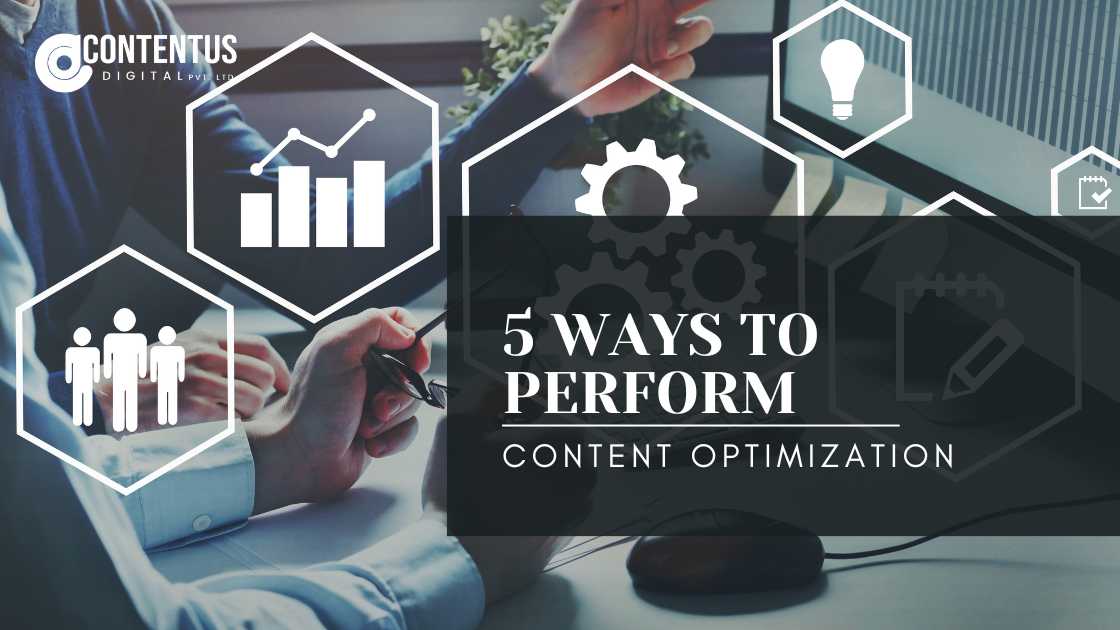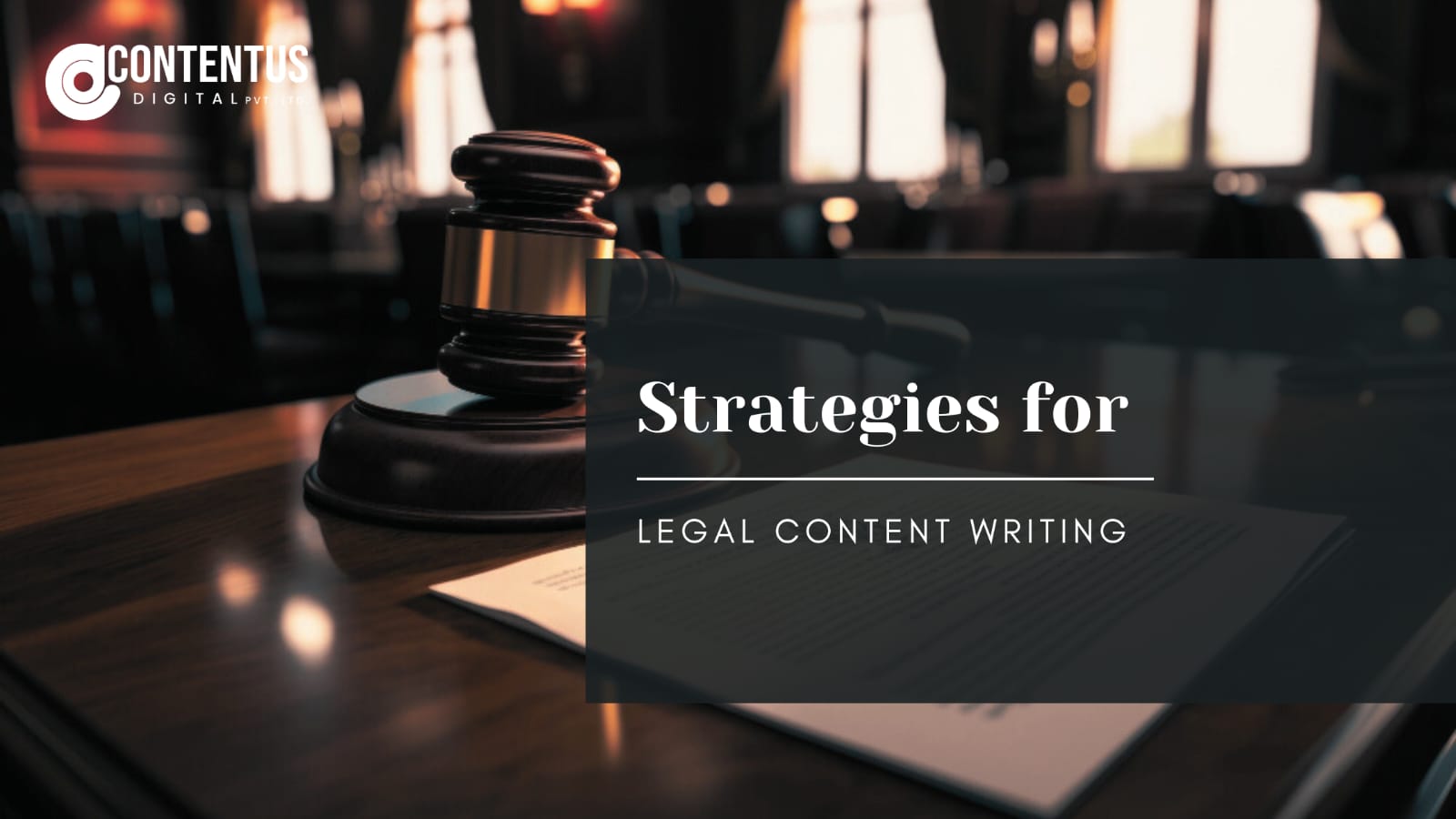Blog Details

25 December
5 ways to perform content optimization
Organic search generates 51% of online visitors to B2B and B2C websites. On the other hand, only a major amount of traffic of 10% from the PPC and 5% from the social media campaign is possible. As a thriving business owner, you want to see your content rank on SERP. However, if your content does not appear for the target audiences, where is the future of the website? And where does your online reputation stand? Organic ranking through SEO ensures that you reach your target audience and present your offerings. If you understand the strategy for content optimization in SEO, you can reap the benefit in the long run from your content. Search engine optimization is a vast and robust strategy that changes every year. In spite of its vastness and dynamic behavior, here are 5 beginner-friendly SEO practices that you can apply to your content.
Initiate with Keyword Research
Content optimization starts quite before you write with keyword optimization. You need to study and analyze keywords on-demand or at high volume. Keyword research is the cardinal feature of content optimization. If you successfully explore keywords correctly, you can obtain vital information. They are competitors’ keywords, high volume, easy to rank keywords, and their difficulty. If you want to research keywords, following these steps will guide you before writing high-quality content.- Make a Note of Relevant Keyword List
- Understand User Intent
- Research Other Relevant Search Queries
- Using Keyword Research Tools
Focus on On-page SEO
On-page SEO also, On-site SEO is a popular method to optimize the website content to rank organically. Besides writing high-quality content, you need to optimize H1, H2, H3 headings, title tag, meta description, slug, image, and video optimization. Here are a few tips that you can use to optimize On-page SEO.- Title Tag – Make sure you write a title tag that is relevant to the content and catchy enough to attract the reader’s attention.
- Meta Description – Write an attention-worthy meta description that is not more than 160 characters with spaces.
- Headings – Headings such as H2, H3 and other sub-sub headings must be optimized.
- Image Optimization – Always remember to optimize images and provide their alt-tag to make them more relevant to the topic.
- URL or Slug Optimization – You need to provide relevant slugs with your content and keyword incorporated.
- Page Loading Speed – Check your website’s page loading speed so that you may avoid the risk of bounce rate.
- Mobile Friendliness – As many users actively use mobile phones for online access, make sure your site is optimized for most mobile phone users.












